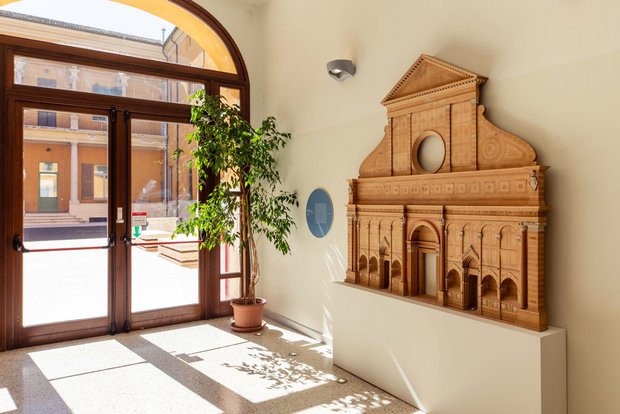
The prestigious tradition of the Politecnico di Milano has given life in Mantova, since the early 90s, to a school of Architecture of excellence, particularly attentive to the issues of protection, conservation and enhancement of architectural and environmental heritage, open to the widest international relations.
The city participates directly with its architectural and environmental richness to form and promote the culture of the project, becoming a real city-laboratory, where it is possible to refine those particular sensibilities required of the designer. The rich historical and cultural heritage of the city and the territory, the presence of the UNESCO Site "Mantova and Sabbioneta", the advanced models of experimentation promoted by the Politecnico, the dedicated facilities and services of the campus, the strong vocation for internationalization have made the Mantova Campus an ideal place for the development of an ambitious international project of education, training and research.
The master course in Architectural Design and History is in line with this attitude and proposes a study plan characterized by an integrated disciplinary approach, clearly aimed at the education of a cultued and history-conscious architect and, at the same time, able to face a complex and dynamic field such as the intervention in historical contexts and on built environment through appropriate and innovative methodologies.
In this perspective, the Mantova Campus is also home to the UNESCO Chair for Architectural Preservation and Planning in World Heritage Cities, a long-term program promoted by UNESCO on the Mantova Campus of the Politecnico di Milano since 2012.
As part of the UNESCO Chair, the Mantova Campus has also conceived and organized MANTOVARCHITETTURA, a cultural project that every year includes a rich program of exhibitions, workshops, conferences and meetings with the protagonists of international architectural culture.